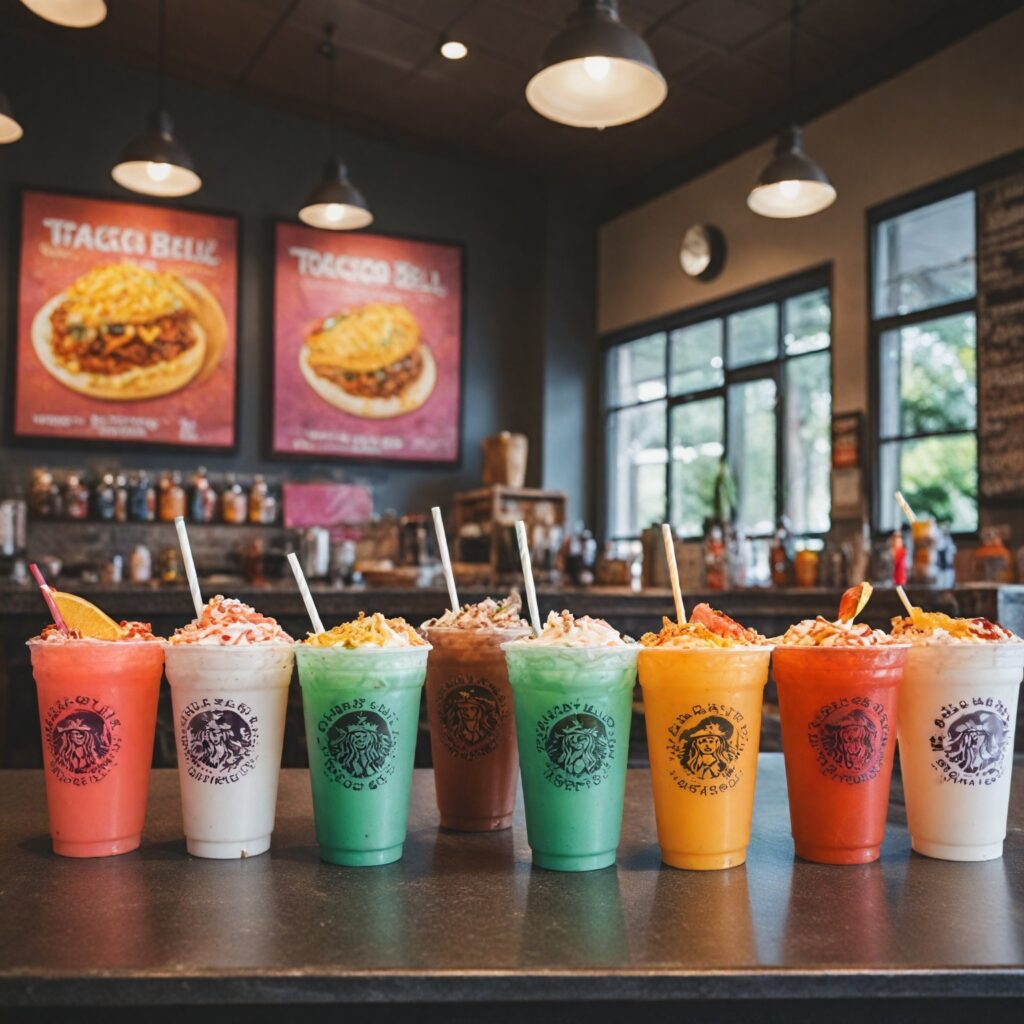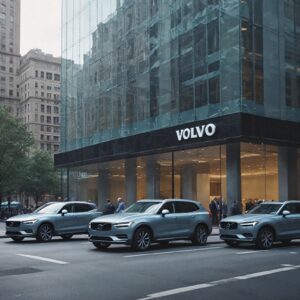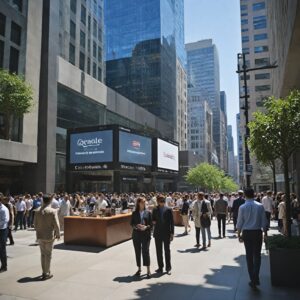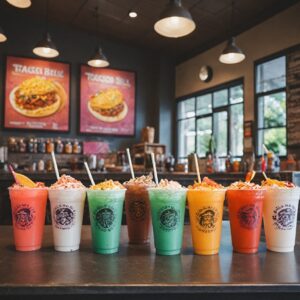
Highlights:
– The “dirty soda” trend, pioneered by Utah-based Swig, has ignited a revolution in the beverage industry, appealing to younger consumers through customization and nostalgia.
– Major beverage and fast-food players, including PepsiCo and McDonald’s, are adopting dirty soda variants, reversing a long-standing decline in soda consumption in the U.S.
– The growth of dirty soda not only empowers restaurants and chains to innovate their offerings but also attracts a new generation of drinkers eager for unique, palatable experiences.
Swig: A Catalyst for Change
In 2010, Utah-based drink chain Swig introduced the lively concept of “dirty soda,” blending carbonated soft drinks with flavored syrups and cream. Over the last 15 years, this playful beverage trend has transcended its regional beginnings to breathe new life into the beverage market. With its roots firmly planted in American pop culture, today’s consumers can find dirty sodas everywhere—from grocery aisles to fast-food restaurants—revitalizing the once-slow drink category.
The significance of this phenomenon extends beyond consumer preference; it embodies a shift in how soda is viewed in contemporary society. Traditionally relegated to the status of an unhealthy indulgence, dirty soda innovatively wraps nostalgia in a customizable package that appeals to a younger audience increasingly aware of their consumption choices. Just as Starbucks revolutionized coffee culture, Swig is carving its niche in the soda segment, paving the way for others to follow.
New Ventures and Opportunities
As the dirty soda trend continues to gain traction, industry giants like PepsiCo and McDonald’s are joining the fray. Pepsi is set to unveil two ready-to-drink options drawing inspiration from dirty sodas, including Dirty Dew and Mug Floats Vanilla Howler, spotlighting a refreshing departure from traditional soft drink offerings. McDonald’s is also experimenting with flavored sodas across hundreds of locations, mirroring the dynamic evolution of beverage preferences.
Moreover, the adoption of dirty soda is not only limited to beverage companies; restaurants are incorporating these drinks into their menus to attract cost-conscious clientele. Major chains like TGI Fridays and Taco Bell are testing dirty soda creations, capitalizing on the nostalgic yet novel appeal of these beverages that offer affordable indulgence without breaking the bank. This adaptability highlights dirty soda’s versatility, making it an enticing addition for various dining establishments.
The Implications of a Shifting Beverage Landscape
Dirty soda is not merely a fleeting trend—its rising popularity signals a potential turnaround for declining soda sales in the United States. After nearly two decades of decreasing consumption, the ascent of dirty soda is helping to stabilize the market, appealing particularly to younger consumers who are drawn to creative and fun drink options. This forward momentum positions soda companies for renewed growth and an expanded customer base, as they embrace the customization, flavors, and experiences that dirty soda offers.
In addition to boosting sales, dirty soda represents a broader cultural shift in consumer preferences. It bridges the gap between affordability and enjoyment, enabling customers to experience tasty, indulgent beverages without significant financial burden. By fostering experimentation and creative concoctions, these drinks empower consumers to reconnect with soda in a way that resonates with their desires for novelty and personal expression.
In conclusion, the dirty soda trend is reshaping the beverage industry, attracting both nostalgic adults and inquisitive younger drinkers. As we observe this evolution, one might wonder: How might this trend impact health perspectives related to sugary drinks? Will more chains introduce their unique variations of dirty soda, and how will consumer behavior shift as a result? The emergence of dirty soda will surely continue to spark conversations about innovation and nostalgia in the food and beverage landscape.
Editorial content by Jordan Fields














